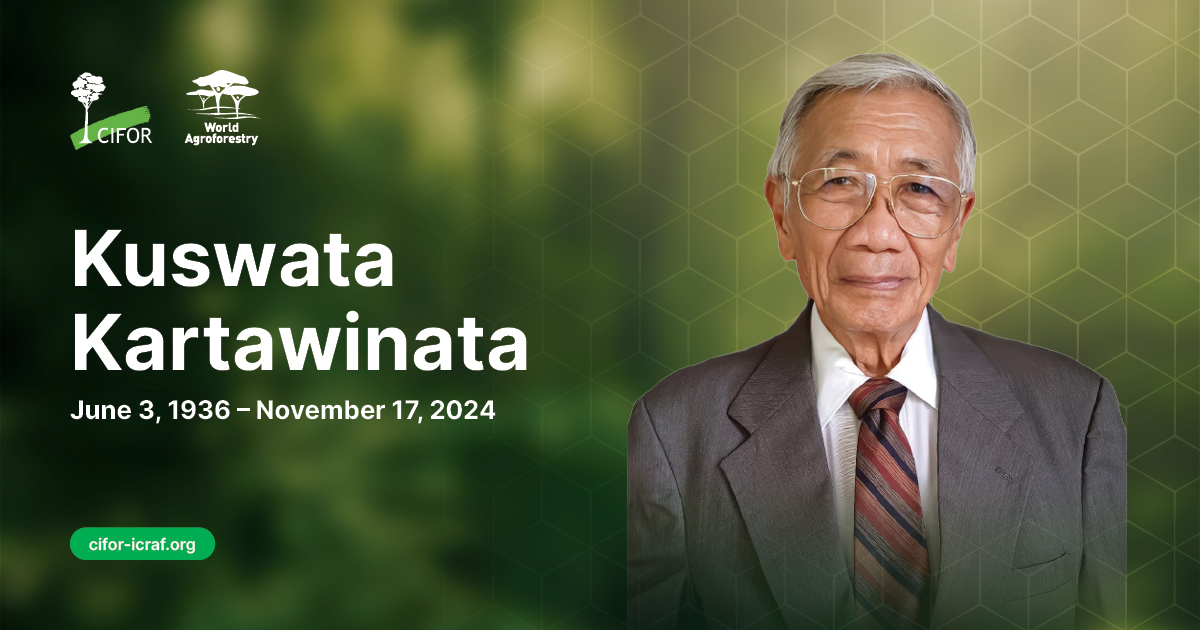Mechanisms of community assembly and ecosystem function are often analyzed using community-weighted mean trait values (CWMs). We present a novel conceptual framework to quantify the contribution of demographic processes (i.e., growth, recruitment, and mortality) to temporal changes in CWMs. We used this framework to analyze mechanisms of secondary succession in wet tropical forests in Mexico. Seed size increased over time, reflecting a trade-off between colonization by small seeds early in succession, to establishment by large seeds later in succession. Specific leaf area (SLA) and leaf phosphorus content decreased over time, reflecting a trade-off between fast growth early in succession vs. high survival late in succession. On average, CWM shifts were driven mainly (70%) by growth of surviving trees that comprise the bulk of standing biomass, then mortality (25%), and weakly by recruitment (5%). Trait shifts of growing and recruiting trees mirrored the CWM trait shifts, and traits of dying trees did not change during succession, indicating that these traits are important for recruitment and growth, but not for mortality, during the first 30 yr of succession. Identifying the demographic drivers of functional composition change links population dynamics to community change, and enhances insights into mechanisms of succession.
DOI:
https://doi.org/10.1002/ecy.1990
Skor altmetrik:
Jumlah Kutipan Dimensi:



















